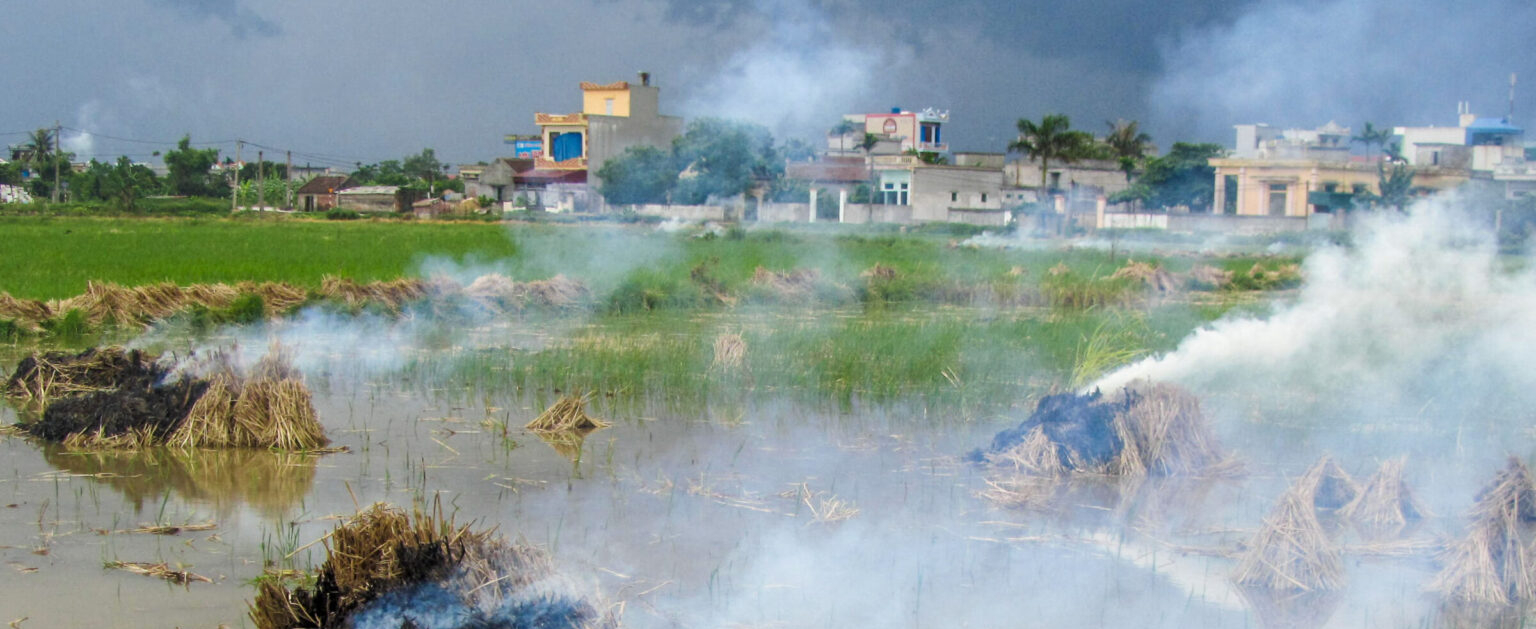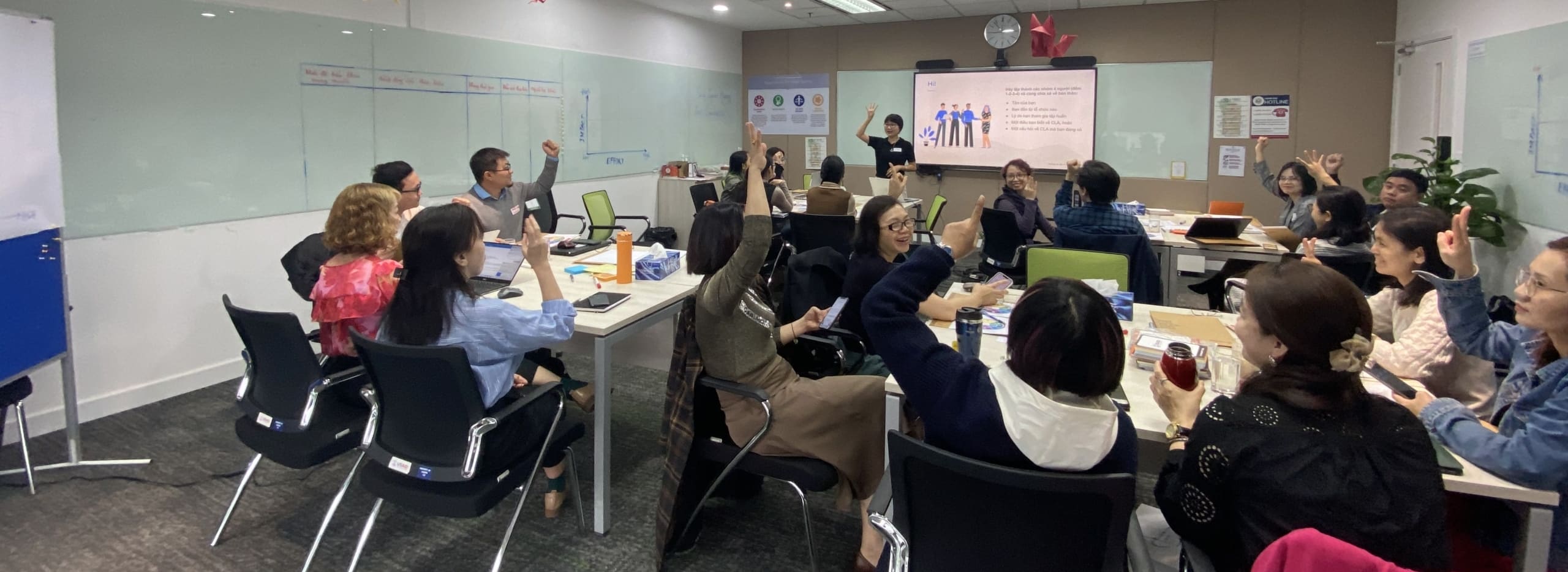By Laura Ahearn, Social Impact Technical Director
While undeniable challenges and even drawbacks exist to conducting monitoring, evaluation, research, and learning (MERL) remotely, there are also opportunities to enhance evaluation quality, especially when it comes to maximizing learning. Some of the advantages that our evaluators have found include:
- Access to a wider range of interviewees and research subjects: When teams are limited to in-person data collection, they often make difficult choices based on geography and timing about which subjects to interview and what kinds of data to collect. Travel to different parts of the country – or even different areas of a capital city – can be time consuming and limit the number of interviewees or survey respondents that an evaluation team can contact in person. When evaluations occur remotely, however, the geographical scope of data collection can extend to people in difficult-to-reach areas, allowing for a more diverse pool of respondents if the technology exists to reach them.
- Greater involvement from local experts: Many teams made efforts to involve local evaluators and researchers before the pandemic, but now there is an even greater need and therefore greater opportunities to work with local experts where the evaluation is taking place. Such involvement, if well managed, has the potential to enrich the other team members’ understandings of the country context and to improve the evaluation’s quality.
- Easier recording and transcription of interviews: While recording is not always possible for budgetary, logistical, and ethical reasons, remote interviews can be easier to record and transcribe. Some platforms offer automatic captioning, thereby facilitating more in-depth analysis of the transcript and even nonverbal aspects of the interview.
- More written sense-making: By necessity but also sometimes by choice, our evaluation teams have begun the process of analyzing and making sense of emergent findings by writing comments and questions on interview notes. They also set up FAQs so that all team members are on the same page and create a live running document or chat thread to share topics to pursue further. This written preliminary analysis can serve as a rough draft for certain sections of evaluation report.
- Extended timeframe: Because of time zone differences and challenges scheduling interviews and other forms of data collection, remote evaluations sometimes occur over a longer period of time compared to in-person evaluations. There are several benefits to this longer timespan, such as providing team members more chances to digest and reflect upon data as it is collected, either formally through intentional pausing and reflecting or informally through online chats. It is also easier to follow leads and lines of inquiry when the team is not limited to a certain number of days or weeks in country.
- Learning sessions that involve more stakeholders: When participants do not have to show up in person for evaluation sessions and presentations, a wider range of individuals can potentially take part. This increases the likelihood that a wider range of stakeholders attend and learn from and apply an evaluation’s findings, conclusions, and recommendations.
None of these opportunities are necessarily unique to remote evaluation. Ideally, once the pandemic subsides and teams can work in person again, the most fruitful of these approaches will be incorporated into all MERL activities. In the meantime, we at Social Impact have learned that a remote evaluation can certainly be a glass half full.
Cover Photo Credit: Daria Obymaha, Pexels









